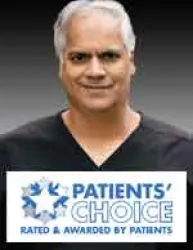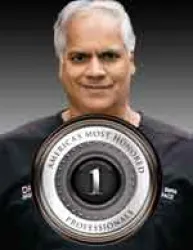Atlanta’s Favorite Eyelid Surgeon
Dr. Pradeep Sinha
Eye Lift Excellence
Delicate and Dramatic Results
Blepharoplasty corrects defects of the eye lids, such as loose or sagging skin, fatty deposits that appear as puffiness under the eyes, drooping eyelids, or excess skin and wrinkles of the lower lid. While sagging of the skin around the eyes is a natural part of aging, eyelid surgery can restore a more youthful appearance to your eyes, and may involve the upper lids, the lower lids, or both, and according to the American Society of Plastic Surgeons, blepharoplasty is one of the most popular cosmetic surgeries.
The Dr. Sinha Difference
#TheSinhaDifference
For those considering blepharoplasty to correct signs of aging or unwanted skin changes around the eyes, Dr. Sinha is one of the most trusted cosmetic surgeons in Atlanta and nearby. To learn more about Dr. Sinha's approach to eyelid surgery, how to prepare for this procedure and what to expect before and after blepharoplasty, keep reading to learn more!
Trust Dr. Sinha’s Approach
Dr. Pradeep Sinha recognizes that eyes are the first thing other people see! A truly well-performed blepharoplasty respects the natural folds and structures that constitute the eye to achieve natural-looking results. Eyelid surgery requires precision, and millimeters are miles.
The upper lid crease is the feature that defines the shape of the eyelid. Therefore, Dr. Sinha never changes it. The same can be said about the lower lid attachment at the corner of the eye which is only adjusted if there are functional issues.
A blepharoplasty with Dr. Sinha aims to remove excess skin and fat in the lid to correct drooping. This way, the results are always natural! You will still look like yourself — only ten years or more younger.





















